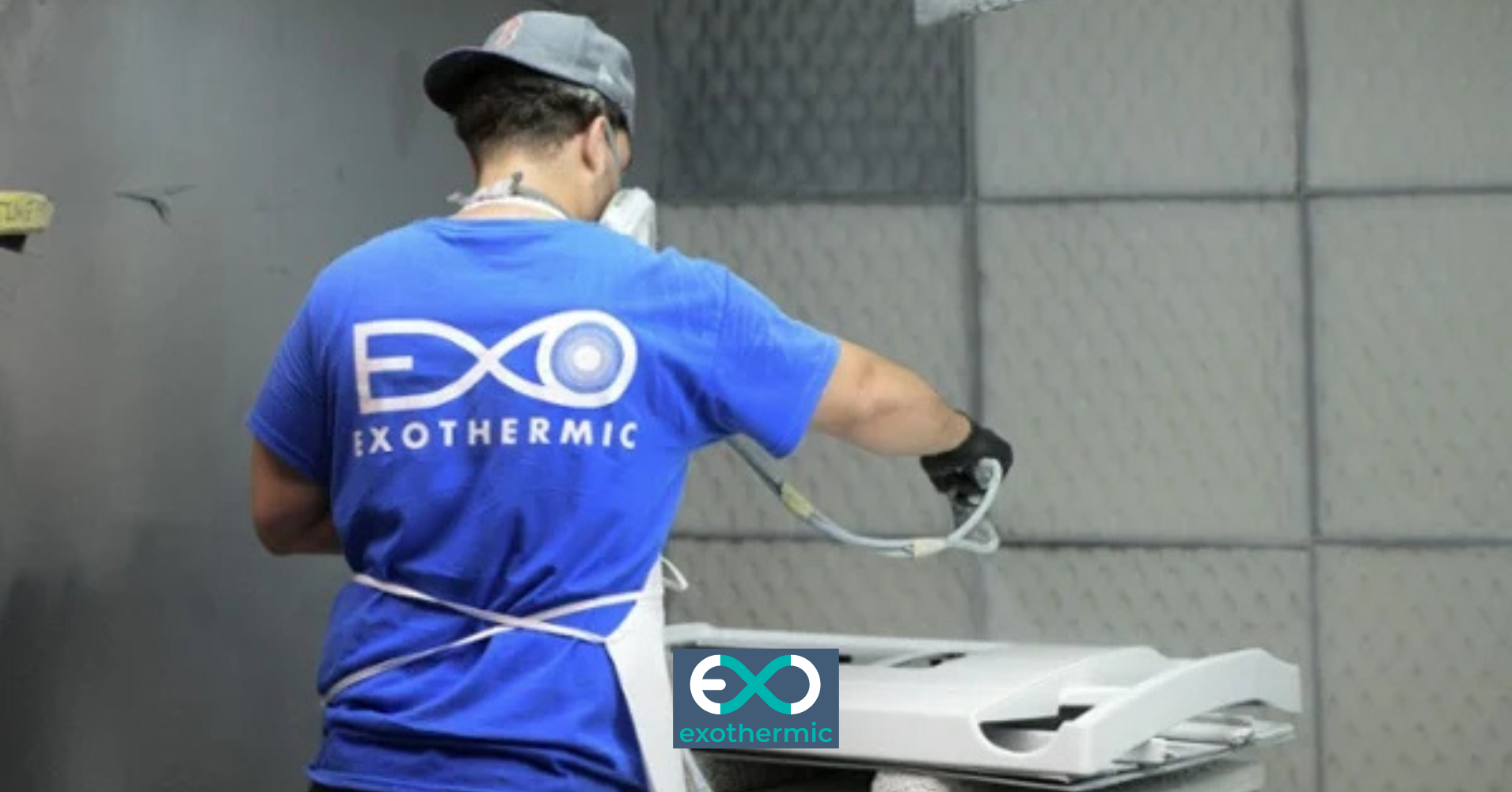When Protection and Production Collide: How RIM Technology Revolutionizes Ballistic Manufacturing
The intersection of ballistic protection and manufacturing efficiency has always presented a...
By: Paul Steck on Dec 17, 2024 8:00:00 AM

For OEMs using Reaction Injection Molding (RIM) parts in their products, having the flexibility to move tooling between manufacturers is crucial for supply chain resilience. Whether you're seeking better pricing, improved quality delivery, or risk mitigation through dual sourcing, knowing how to transfer your tools successfully is essential. Here's what you need to know to ensure a smooth transition.
 Understanding Your Rights
Understanding Your RightsBefore you start a transfer, you'll need to confirm your ownership rights. This begins with looking over your original tooling contract to make sure there are no restrictions on moving the tool. It would help if you also verified that no liens or outstanding payments could complicate the transfer.
Confirm your ownership of the CAD data and documentation, as these will be crucial for the new manufacturer. Remember to understand any contractual notice periods that may affect your timeline.
Paint and silkscreen specifications, along with color chips, are necessary. Cooling, drilling, and CNC fixtures need to be identified.
A successful transfer starts with thorough documentation. Your package should include the original tool drawings, CAD files, and specifications detailing the tool's construction and design requirements. You should also include material specifications and processing parameters to help the new manufacturer understand the current production setup.
Quality requirements and acceptance criteria are essential to maintain consistent part quality. Historical production data provides insight into the tool's performance and any past challenges.
Maintenance records help track the tool's condition and service history. Finally, current production sample parts give the new manufacturer a quality benchmark.
RIM programs often include a bill of materials for value-added assembly. Identification of vendors and work instructions will smooth out the finishing process and assembly.
Your current manufacturer plays a crucial role in preparing the tool for transfer. They should facilitate a detailed tool inspection to document its current state. Any wear or damage should be thoroughly documented to avoid disputes later. It is a good idea to schedule an on-site visit to verify the tool condition and secondary fixtures, if applicable.
Outstanding maintenance should be completed to ensure the tool is in optimal condition for transfer. The tool should be properly cleaned and preserved to prevent damage during transport and storage.
Your new supplier selection is critical to success. They must have demonstrated experience with similar parts to understand your requirements. Their equipment should match your needs, with appropriate press sizes and capabilities to run your tool. Remember to ask for customer referrals.
Relevant quality certifications ensure they meet your standards. Their production capacity should align with your volume requirements. Previous experience with tool transfers indicates they understand the challenges involved.
The physical movement of your tool requires careful planning. Specialized rigging and transportation services understand how to handle heavy, precise tooling. Proper insurance coverage protects your investment during transit. A sturdy, stretch-wrapped pallet with contents inboard of the pallet perimeter is required.
Document the tool's condition before and after transport with digital images to identify any shipping damage. Consider climate-controlled transportation to prevent corrosion or other environmental damage for sensitive tools.
Setting up production at the new manufacturer involves several critical steps. After installation and inspection, the new team will perform trial runs to understand the tool's behavior in their equipment.
Process parameters often need optimization to account for equipment differences. Part quality must be validated against your specifications. Metrology testing and certification may be required to approve production.
Several factors can affect production at a new location. Material differences between suppliers can impact part quality and processing. Equipment variations often require process adjustments. Expect fees for mold adaptations and sampling based on your needs.
Different quality systems and measurement methods need to be aligned. Production efficiency typically requires optimization at the new location. Color matching and surface finish consistency can be particularly challenging to maintain.
Starting early is crucial - begin planning three to six months before the desired transfer. Consider seasonal factors that affect production schedules. Communication is key throughout the process.
All parties need to stay informed of timelines and expectations. Every discussion and decision should be documented. Quality requirements and acceptance criteria must be clearly communicated and agreed to. Any molder not prepared to validate with metrology is risky.
Risk management requires building buffer inventory before the transfer. Consider running parallel production initially if possible. Develop contingency plans for potential delays.
Knowledge transfer is essential - arrange for technical personnel to visit both facilities. Document tribal knowledge from the current manufacturer. Consider video recording successful production runs for reference.
The transfer process involves various expenses you should anticipate. Tool inspection and repair costs ensure the tool is ready for transfer. Transportation and insurance protect your investment during the move. Process validation and testing confirm production capability. Initial production support helps establish successful operations. Modifications might be needed to accommodate different equipment. Safety stock during the transition prevents supply chain disruptions.
After completing your tool transfer, establish regular monitoring procedures to track performance. Document lessons learned to improve future transfers. Update your tool transfer strategy based on your experience. Consider implementing a formal dual-sourcing strategy to reduce future supply chain risks.
Successfully transferring RIM tooling requires careful planning, clear communication, and attention to detail. While the process can be complex, following these guidelines will help ensure your transition goes smoothly and your production continues without significant disruption.
Remember that investment in proper planning and execution during the transfer will pay dividends in maintaining product quality and avoiding costly production delays.
The intersection of ballistic protection and manufacturing efficiency has always presented a...
The conversation usually starts the same way. Quality is slipping. Lead times keep stretching....
Heat kills performance. Every engineer knows this fundamental truth, yet thermal management often...